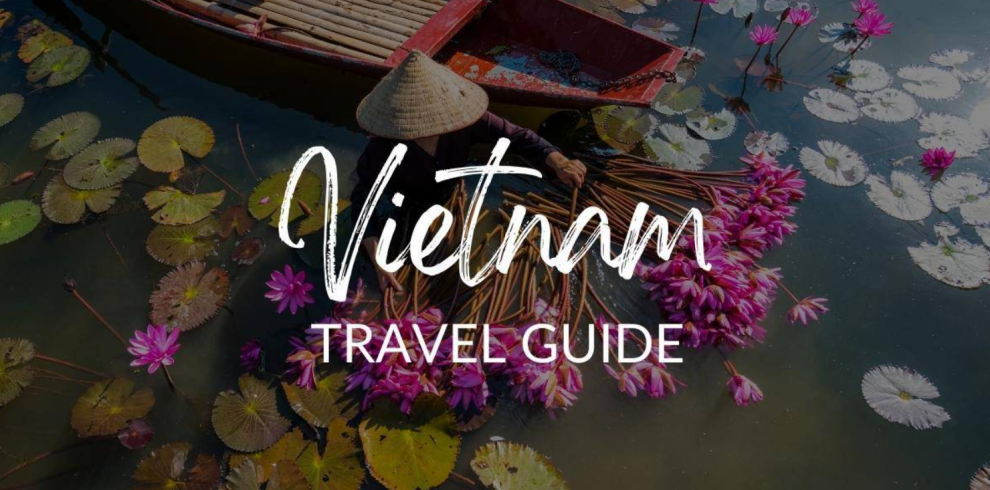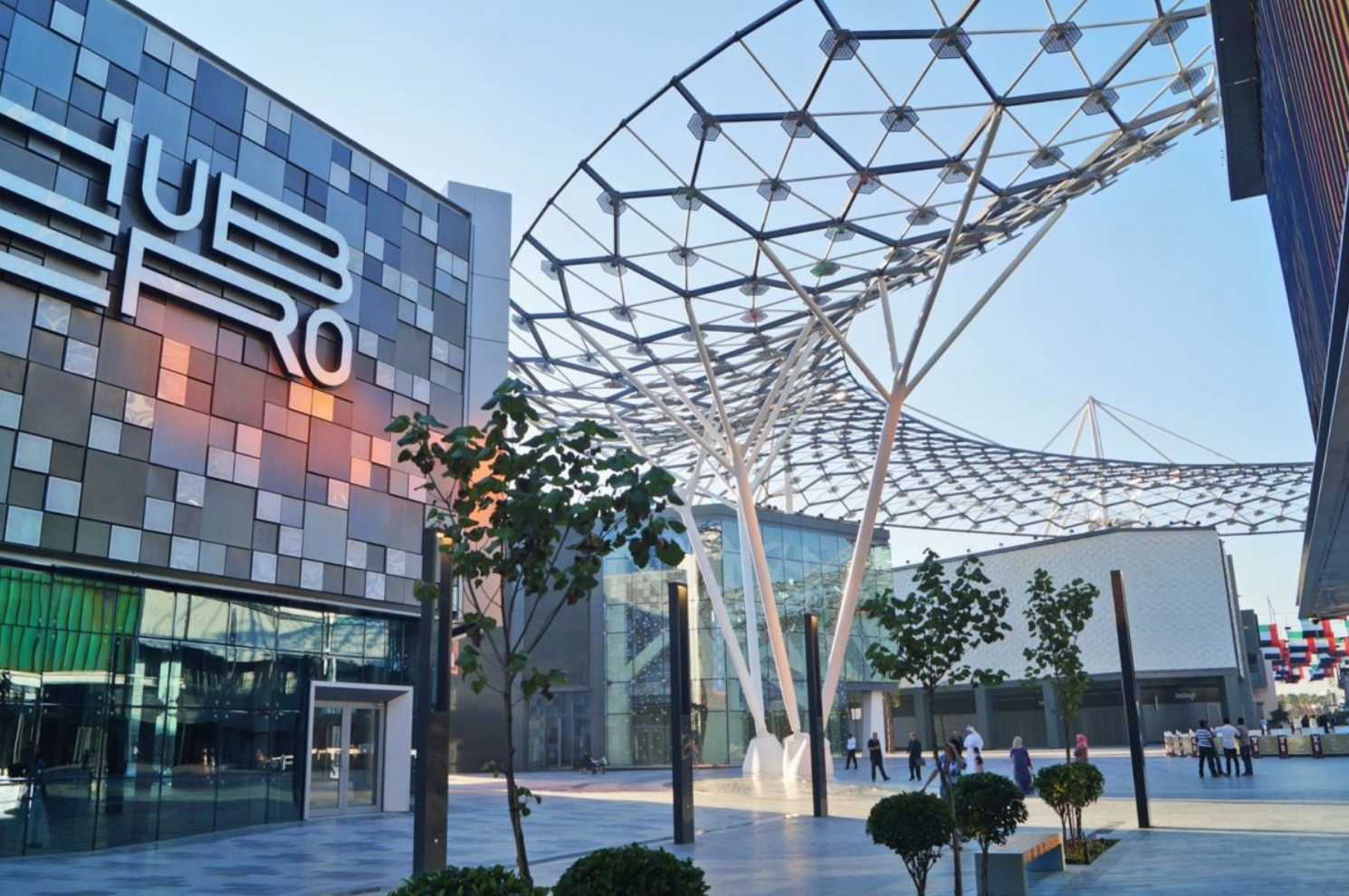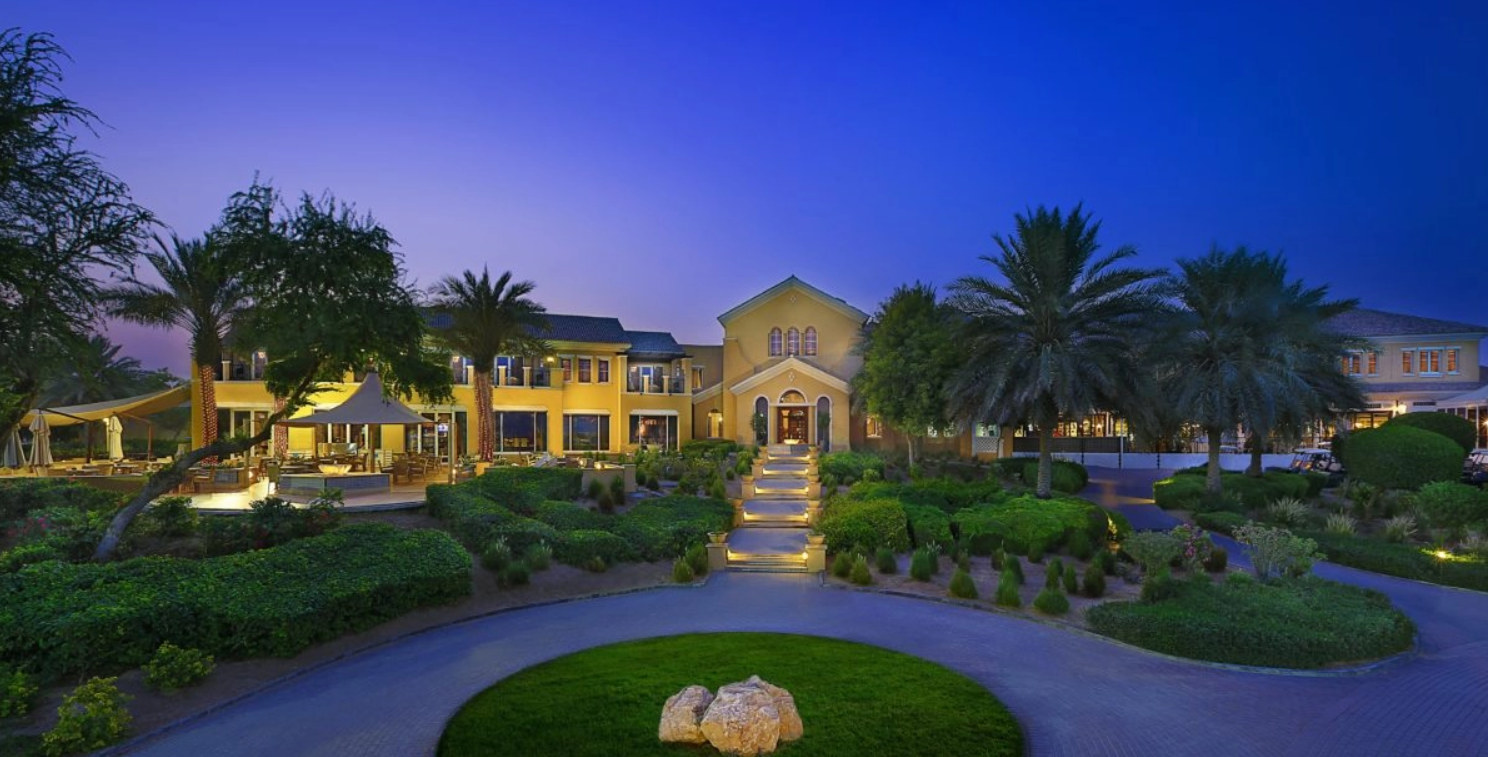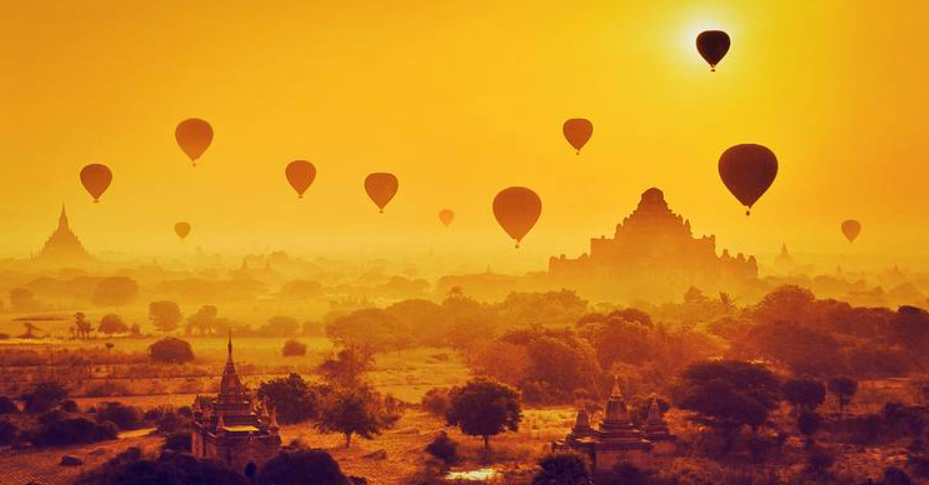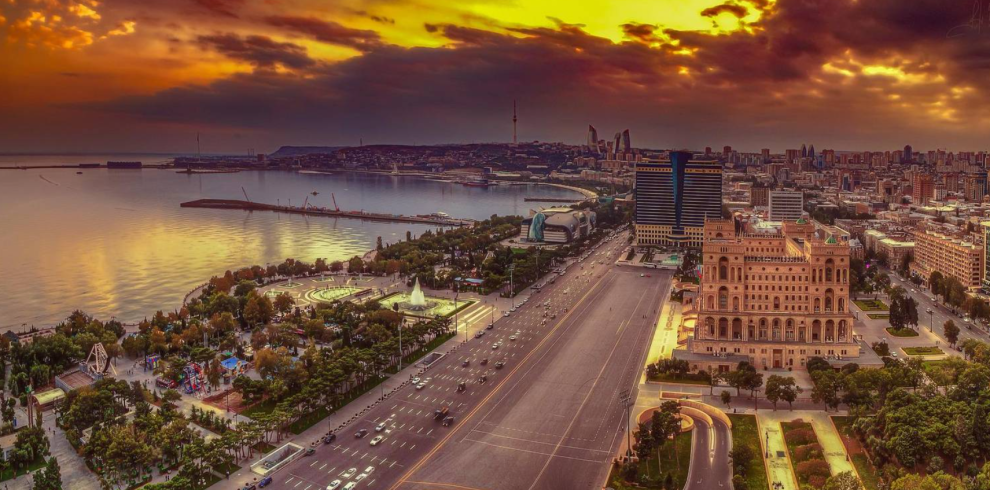Remarkably exotic and undeniably intriguing, Vietnam is a land of gorgeous panoramas, rich culture and a street food scene that is well worth exploring – and that’s just the beginning. There are unforgettable beaches. History calling to be uncovered. Tangled backstreets filled with French-colonial architecture. Friendly faces that make you feel instantly welcomed. This is your adventure.
The Highlights

Hanoi
Vietnam’s capital will not disappoint, as there is so much to see. After enjoying breakfast as the locals do (with a bowl of phở), start your day at the Ho Chi Minh Mausoleum, and learn about the man who led the movement for Vietnamese independence. Next, visit the One Pillar Pagoda and later, amble through the Old Quarter and observe the French colonial architecture.
Phu Quoc
This dreamy island is located near Cambodia, and if you’re searching for the best marine life in Vietnam, Phu Quoc is the perfect place to get acquainted with crustaceans, puffer fish, anemones, moray eels and octopuses. The option is here to either snorkel or dive, or you can simply laze about on the powdery white sand beaches. Whatever activity inspires you, you’re winning either way.


Hoi An
Vietnam as a country is a food lover’s delight. But, it’s the small UNESCO World Heritage town of Hoi An that captures the heart (and taste buds) of travellers – and for good reason. With a timeless charm, Hoi An is the only place in Vietnam where you can sample Cao Lau and Com Ga along with other Vietnamese favourites. Consider booking a cooking class to flex your culinary skills.
My Son
While the temples of My Son might be falling apart, their significant role in history does not seem to falter. Set against a verdant jungle landscape, the remaining Hindu structures – there once stood 68 and now only 20 – were built between the 4th and 13th-centuries by the Kings of Champa and were dedicated to worship the god of Shiva. Today, they are listed as a UNESCO World Heritage Site.


Mui Ne
If you’re short on time and only have time to explore the south of Vietnam – but you’re still hoping for a beach escape – Mui Ne is a favourite among travellers. You can go diving. Snorkelling. Kitesurfing. Or, simply dig your toes in the sand and relax. Once a sleepy fishing village, the town is home to many beach-front properties that offer an unparalleled view of the nine-mile beach.
Ho Chi Minh City
Ho Chi Minh City is the hub of activity in Vietnam and while it’s easy to be overwhelmed, it really is an exciting, charismatic and vibrant city. To fill your day, hop on one of Vietnam’s most charming modes of transport (a cyclo, of course) to explore Chinatown and visit the visit the Ong Pagoda or the Cha Tam Church or maybe stop at Ben Thanh Market for local handicrafts and souvenirs.

Contact Klub Advisor for personalised travel offers, dates, prices & payment options. Find out the latest travel requirements for your trip. Send your enquiry via the form below. If you’re club member, click on the icon in the right-hand corner and write to WhatsApp to start a discussion.
The Location
Vietnam is a country in Asia and borders the Gulf of Thailand, the Pacific Sea, Gulf of Tonkin, and sits along Cambodia, China and Laos. From Dubai, a non-stop flight is 7h 15m, and from Australia, it is roughly 8 hours direct.
Capital City
Hanoi is the capital of Vietnam and has been since the reunification of North and South Vietnam in 1976.
Main Airport
Tan Son Nhat International Airport, located in Ho Chi Minh City is the largest airport in Vietnam and is the international and domestic hub for travellers. It is just 6 kilometres from the city centre.
Language Spoken
The official language of Vietnam is Vietnamese. English is spoken across the country and you should have no issue with basic communication or greetings.
Currency
Vietnam uses the Vietnamese Dong. The currency code is VND. Be careful when withdrawing cash as the smallest note is VND 10,000. It is safe to withdraw money from banks or ATMs while you’re there – just check how much you’re really withdrawing.
Visas
Most travellers will need to apply for a visa before travelling, or can also obtain one on arrival for a small fee. Some nationalities can apply for an E-Visa, but make sure you keep up to date with entry requirements as these can change.
Electricity
The electrical current in Vietnam is 220V/50hz using plug types A, C and F. The standard voltage in the US is 110 volts, so you may need a surge adaptor.
Vaccinations
Typhoid, Hepatitis A and B and antimalarial tablets are advised, but not compulsory. You will, however, need a Yellow Fever certificate if travelling from a high-risk area. Consult your doctor 6 to 8 weeks before you depart.
Emergency Calls
The phone numbers to call in case of emergency are 113 for the police, 115 for an ambulance and 114 for a fire.
When to Visit
Peak Season
JUNE TO AUGUST
While Vietnam is a small country, the temperatures vary greatly between the north and south regions. But, despite the varying seasons, Vietnam is a year-round destination and you just need to make sure you pick the right time to suit your travel needs. June through August is when Vietnam is at its hottest and for travellers who prefer to avoid extreme heat, it would be best to travel at another time. For sun lovers, this is your time to shine – but be aware that it will rain heavily in the south but the north should be clear from the rain. If you’re on a budget, avoid August as school holidays will cause accommodation prices to rise.
Low Season
NOVEMBER TO JANUARY
In the northern part of Vietnam, travellers will face the possibility of snow accompanied by cool temperatures. On the other hand, if you travel in the south, the dry season tends to last from December to late April and the climate will be warm (minimum 20°C on average) so it really does depend on where you want to explore most. If the weather patterns of Vietnam have only left you confused, the best time to explore the country overall would be during spring (March and April) or autumn (September or December) for the most favourable climate.
